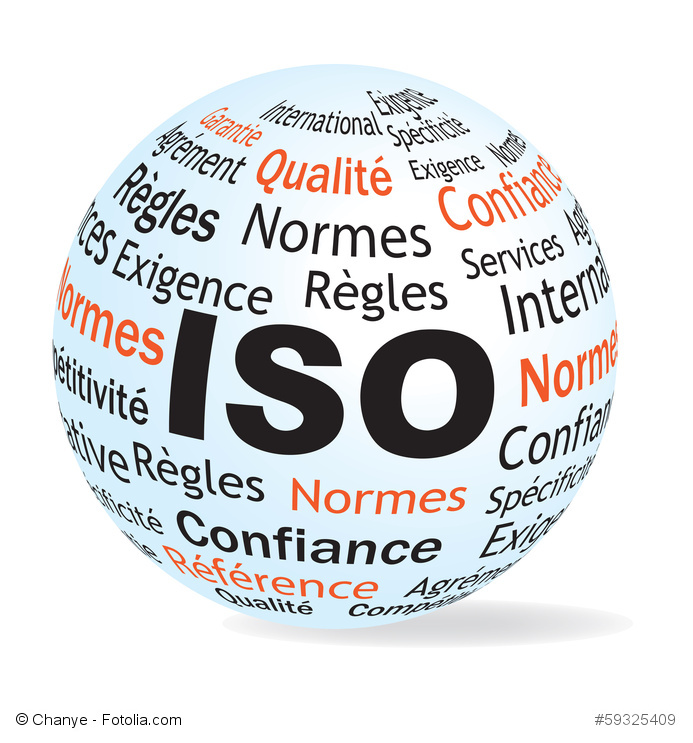PDF/A-3: more features and conforms with ISO
PDF/A-3 brings new features and possibilities
ISO officially published the third part of the PDF/A long-term archiving format in late 2012. PDF/A-3 not only retains the fundamental idea of enabling reliable archiving over long periods of time, but was enhanced by the addition of a container function.
What’s new?
Unlike the previous PDF/A-2 version, this format has an additional feature that allows you to embed source formats of any type in a PDF/A document. The PDF/A-3 format truly lives up to its calling as a container: the original files and the PDF/A version known for its long-term preservation capabilities can be combined into one single digital object. Now there’s no need to save two files, namely the original file along with the PDF/A.
The PDF/A-3 format also offers a decisive advantage when using XML data. Any machine-readable XML files that are available can now be visually reproduced in the form of a PDF/A document.
Typical applications
- Embedding the original document into the PDF document as PDF/A
- Adding structured, machine-readable information – usually in XML – to documents
- E-Mail archiving in PDF/A format while maintaining attachments in their original format
More about PDF/A
PDF/A is the ISO 19005 standard and the format for long-term archiving. This ISO standard goes into great detail in specifying what kind of content is allowed in this format, which in turn guarantees readability over time. PDF/A should be viewed as a constrained version of the Portable Document Format specification, which over the last few years has increasingly established itself as a digital archiving format and has since replaced the TIFF format in countless businesses and government agencies.

